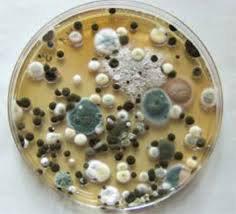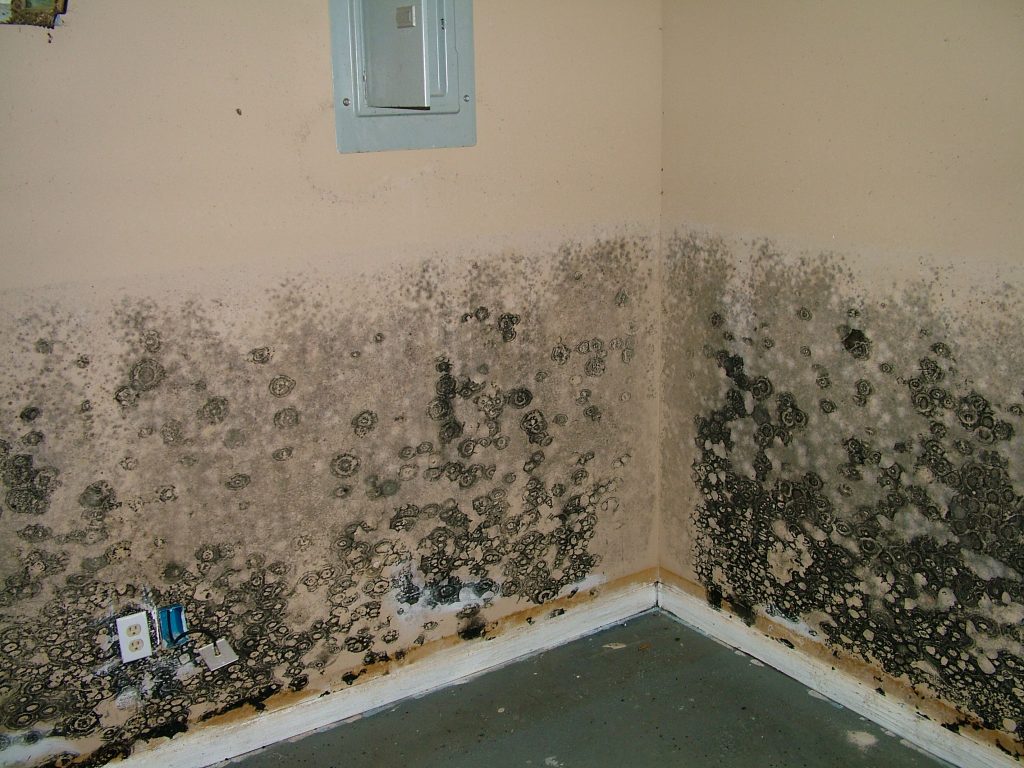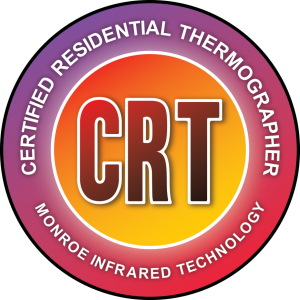“Allergic Reactions to Mold ARE common”
Professionals who have the appropriate training and experience in designing mold sampling, protocols, sampling methods and then interpreting the results should conduct mold Inspections. Our mold sample analysis follows analytical methods recommended by the EPA.
Molds play an important part outdoors by breaking down dead organic matter. Indoor molds have the potential to cause health problems such as allergens (substances that can cause allergic reactions), irritants and in some cases potentially toxic substances (mycotoxins).
Inhaling or touching mold or mold spores may cause allergic reactions including (but not limited to), hay fever type symptoms, sneezing, runny nose, red eyes, and skin rash.
The key to control mold is education and moisture management.
We offer various services to provide the keys to mold analysis and control.
A Mold Inspection, which evaluates the building for the presence and type of mold, includes the following:
- Inspection of the building for mold
- Thermography, hygrometer and moisture meter analysis
- Lot grades, to inspect for standing water
- Analysis of ventilation and HVAC systems
- Effectiveness of current moisture management components
If mold is suspected or observed, we collect air samples, swab surfaces and/or do surface tape lifts as part of the mold inspection. Samples are then sent off to a certified lab for final analysis. Finally, we submit recommendations for remediation and/or moisture management to remove or control unwanted mold as needed.
During/after a home inspection mold sampling may be requested when conditions warrant further analysis.





